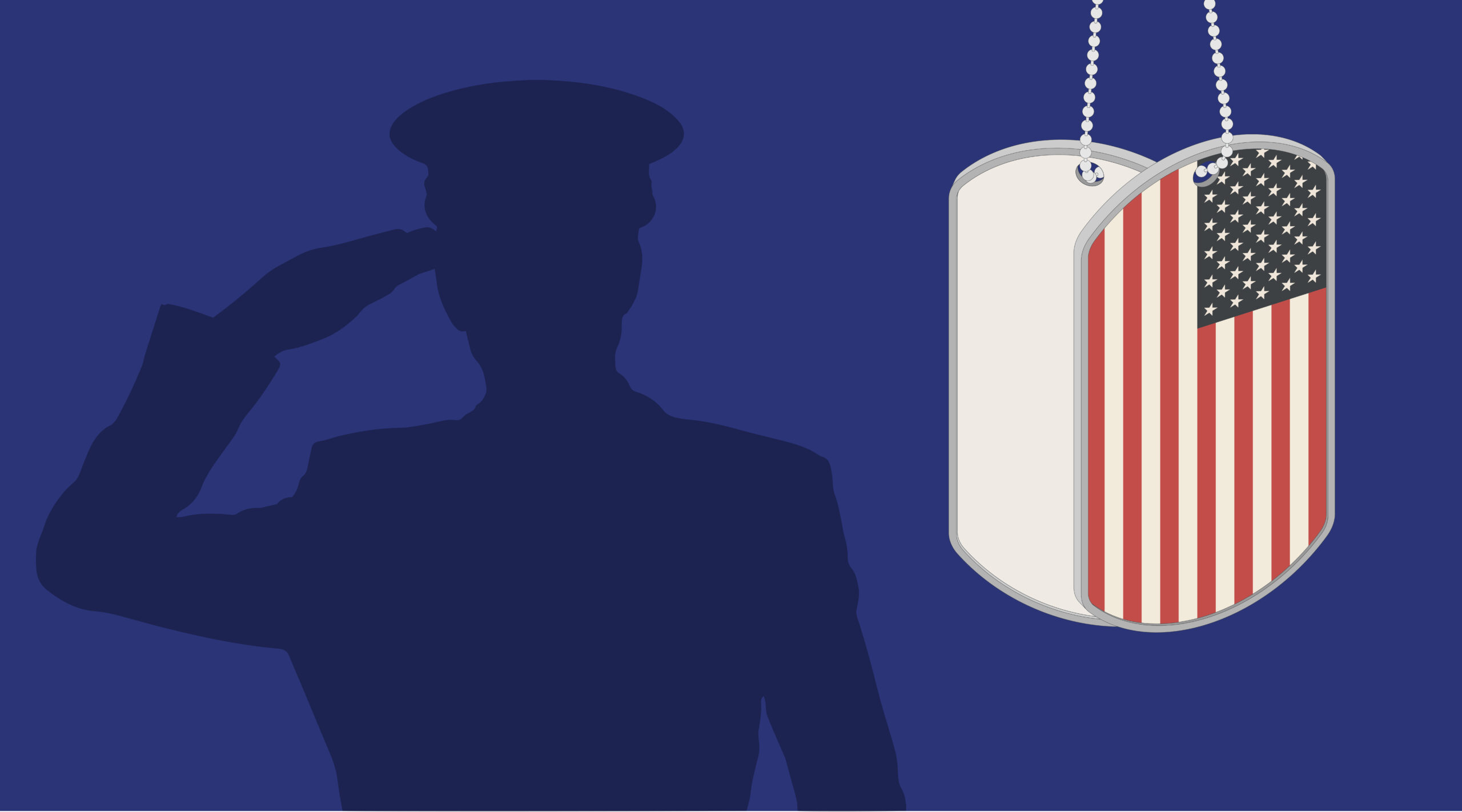Teddy Roosevelt once said, “The more you know about the past, the better you are prepared for the future.” The same holds true for franchising, which has stood the test of time and continues to thrive.
In his book, “Megatrends: Ten New Directions Transforming Our Lives,” published in 1982, John Naisbitt, an American author and public speaker, said franchising is the single most successful marketing concept ever. But when did it start in the United States?
Some say Albert Singer was the first American franchisor, but recent research claims that’s false, saying the Singer Corporation never franchised. Instead, written contracts show Benjamin Franklin may have been the first franchisor, according to the article, The History of Franchising,” on www.thebalance.com.
Franklin, who served as postmaster general of the colonies during the war of independence, built a successful printing business through “co-partnership”. No matter where it started, it was here to stay.
By the 1950s, a time of big growth for the U.S. economy, franchising offered individuals a way to own their own business. Brands that began back then and still around today include McDonald’s, White Castle, Dairy Queen and Kentucky Fried Chicken, to name a few.
Between 1964 and 1969 an estimated 100,000 new franchise businesses had started. But growing pains set in at the end of the decade when many franchisors focused more on selling franchises than supporting and operating successful franchise systems, according to franchising.com.
There were other issues, as well, which led some states to enact laws governing the disclosure of information to potential franchisees. In 1979, the Federal Trade Commission issued the franchise rule, which established minimum disclosure requirements throughout the country.
Franchising made a comeback in the late 1980s to early 1990s, and growth has remained steady as the franchising model continues to evolve and adapt. Over the last 10 years, for example, multi-unit franchising has taken hold. Franchisors are no longer content to simply own a single franchise unit. About 53-percent of all franchised locations in the country are now controlled by multi-unit operators.
Franchising works because it provides a formula for operating your own business to deliver a uniform product and service to customers. The proof is in the numbers.
FRANdata industry research company reports there are more than 744,000 franchise businesses expected to be operational by year’s end in the country, which support nearly 7.6 million direct jobs and yields $674.3 billion to the U.S. economy.
Now that you know more about the past, are you ready to discover your new future?





